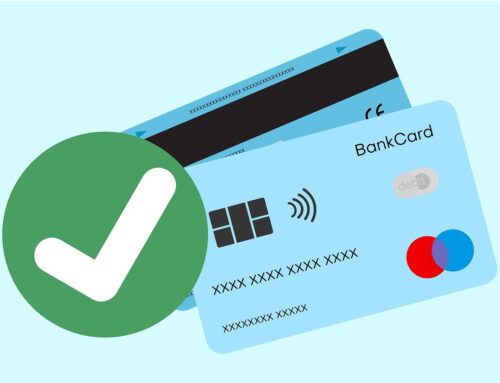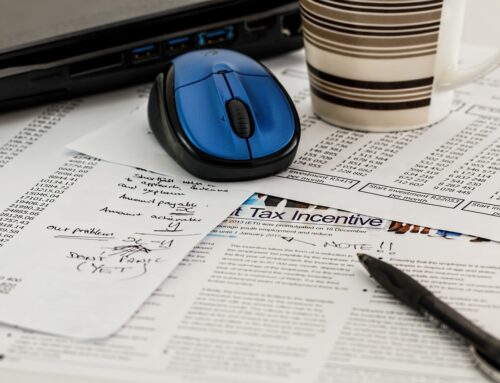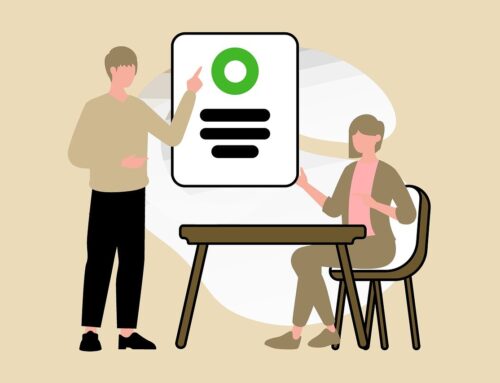
Getting Your Driver’s License in the Philippines as a Foreigner
The Philippines is full of places worth exploring. Think island roads, mountain drives, and city streets with food stops around every corner. If you’re an expat staying longer than a quick vacation, having a driver’s license makes all the difference.
You don’t have to rush, though. If you already have a valid license from another country, you can legally drive in the Philippines for 90 days after arriving. Just make sure it’s in English, or carry an International Driving Permit as backup.
That gives you time to settle in, figure out your long-term plans, and decide if getting a local license is worth it. This guide breaks down your options so you can hit the road with confidence.
How to Use Your Foreign License for the First 90 Days
Good news for new arrivals—your foreign license works for up to 90 days. That’s plenty of time to explore your neighborhood and handle early errands.
Here’s what to keep in mind. Your license must be valid and in English. If it’s not, you’ll need to pair it with an International Driving Permit. Keep both with you while driving, just in case you’re asked for them.
This grace period is helpful, especially if you’re still figuring out your visa or where you’ll live long term. But if you plan to stay past three months, getting a Philippines driver’s license is the next step.
Two Ways to Get Your Philippine Driver’s License as an Expat
Once your 90-day window is up, you’ve got two main choices. You can either convert your current license or apply for a new one from scratch.
Converting Your Foreign License is faster but not always an option. The Philippines has agreements with some countries that allow license conversion without taking the full test. You’ll need a valid visa for at least 120 days to qualify.
Applying for a New License is open to everyone. If your country isn’t on the approved list or your visa is shorter, this is your path. It takes more steps but works for anyone willing to learn local driving rules.
Your choice depends on where you’re from, how long you’re staying, and what paperwork you have.
What You’ll Need to Convert Your Foreign License
If your country has a license agreement with the Philippines, conversion is worth looking into. You can skip parts of the process and get on the road faster.
Here’s what you’ll need:
• A valid foreign driver’s license (in English)
• Your original passport with a photocopy
• A visa with at least 120 days of validity
• A medical certificate from an accredited local doctor
• Proof of local address (like a lease or utility bill)
• The LTO application fee
Sometimes, you’ll be exempt from the written or practical exam. But double-check with your local LTO branch, since the rules can vary.
What to Expect When Applying for a New License from Scratch
If converting your license isn’t an option, don’t worry. Applying for a new license is a clear process—and you’ll learn a lot along the way.
Here’s what you’ll need to do:
• Bring your passport with a valid visa
• Get a medical certificate from a local clinic
• Show proof of where you live in the Philippines
• Enroll in a driving school and complete the required course
• Apply for a student permit
• Pass both the written and practical exams
• Pay the application fee
This route takes more time, but it ensures you fully understand local driving laws. If you’re staying long term, it’s a solid option.
Why Visa Rules and LTO Changes Might Affect Your Plans
There’s been a recent change that might impact expats. The six-month tourist visa, which many relied on for license conversion, is currently suspended. That makes the 120-day visa requirement harder to meet.
What can you do? Look into other visa options that give you more time. If you already have a long-stay visa, plan your conversion early.
Also, local LTO offices may update their hours or procedures. Always check ahead before visiting. The official site https://portal.lto.gov.ph has the latest info and downloadable forms.
If conversion seems out of reach for now, starting fresh with a new application might be the easiest way to move forward.
Steps to Get a New Driver’s License in the Philippines
Driving in a new country can feel overwhelming at first. But getting a Philippines driver’s license for expats is actually a great way to learn local rules and feel confident behind the wheel. Here’s how the process works step by step.
Start with Driving School
Find an LTO-accredited driving school near you. These schools will teach you both theory and hands-on driving skills. They also help guide you through each stage of the licensing process.
Apply for a Student Permit
Once enrolled in a driving school, you can apply for a student permit. This lets you legally practice driving as long as you’re with someone who already has a license.
Pass the Exams at the LTO
After training, you’ll take both a written and a practical driving test. These check your knowledge of local traffic rules and your ability to drive safely on real roads.
Get Your Non-Professional License
Once you pass both tests, head back to the LTO and apply for your non-professional license. This gives you full driving rights in the Philippines.
Check the official LTO website for any recent updates before you start.
Extra Tips to Make the Process Smoother
Getting your license might take time, but it’s worth the effort. Here are a few tips to help you along the way.
Know the Rules Before You Drive
Spend some time reading up on traffic laws in the Philippines. Understanding the rules and common driving habits will help you feel more at ease once you’re on the road.
Prepare Your Paperwork Early
Before you visit the LTO, make sure you have all your documents ready. That includes your passport, visa, medical certificate, and school records. Having everything with you means less waiting and fewer surprises.
Practice Before the Exam
Use every chance your school gives you to practice. The more time you spend behind the wheel, the better you’ll feel during the actual test.
Stay Patient and Budget Accordingly
Government offices can move at their own pace. Give yourself extra time and keep a calm mindset. Also, don’t forget to plan for extra costs like school fees and medical exams.
With the right prep, getting your Philippines driver’s license as an expat can be a smooth process. And once it’s done, you’ll be free to explore every corner of the country—on your own schedule.

















